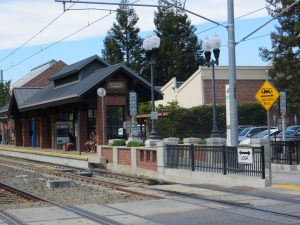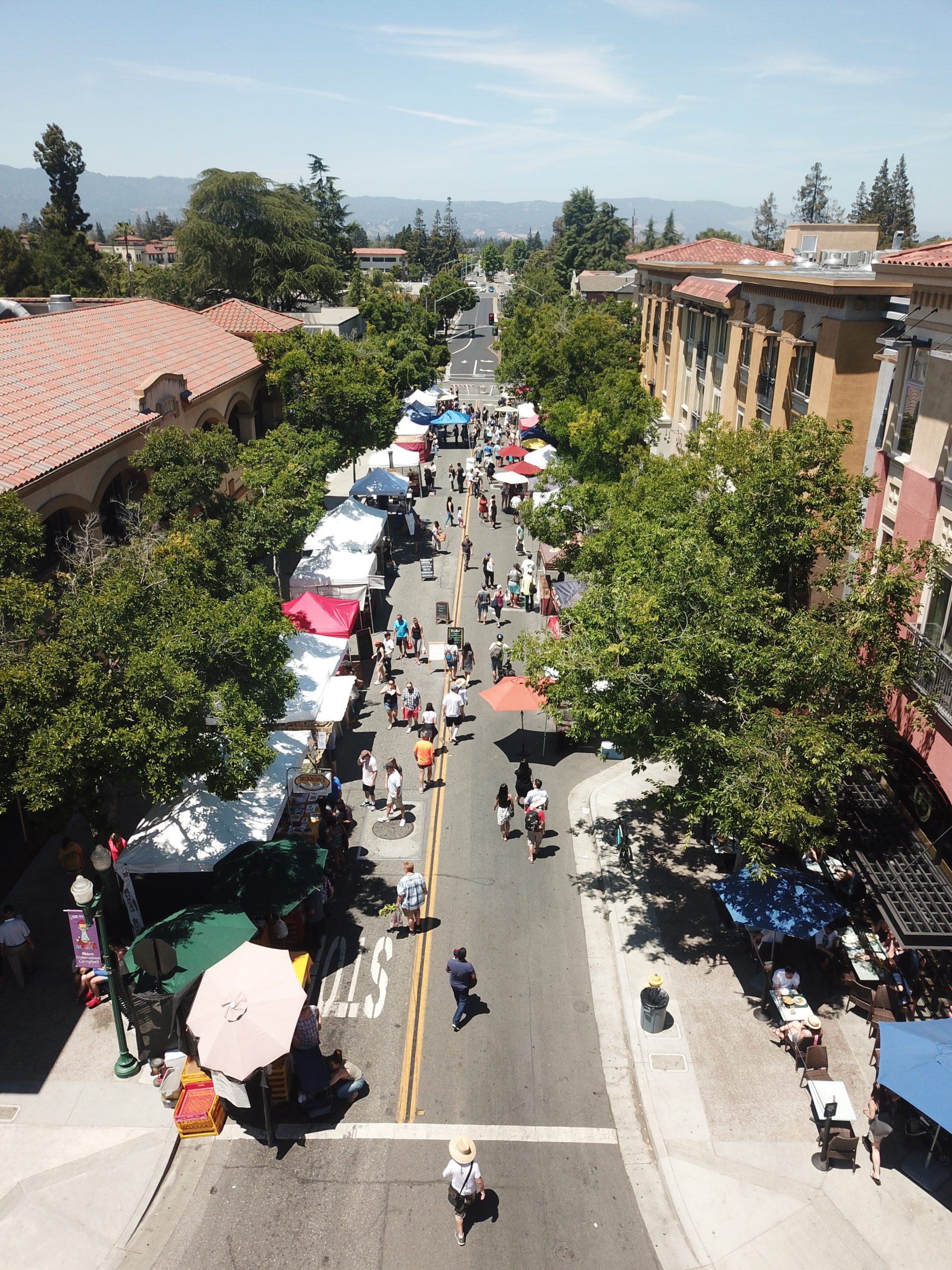The Campbell family were pioneers in the West, making numerous contributions during their duration. Established almost a century and a half ago by William and his son Benjamin, they laid the foundation for successful endeavors like San Jose and Santa Clara’s surveying and establishing a sawmill in Saratoga. Additionally, they founded businesses that combined hard work with ingenuity, such as the Bank of Campbell, Fruit Growers’ Union, and three of the region’s most acclaimed canneries- J.C Hyde Cannery, Ainsley Packing Company, and Payne Cannery.

The Campbell Legacy
The Campbell family, led by William and his son Benjamin, arrived in the West in 1846. William’s surveying of San Jose and Santa Clara, as well as the establishment of a sawmill near Saratoga, set the foundation for the Campbell legacy. 1851, Benjamin acquired 160 acres, which he planted with hay and grain. This acreage later became the historic downtown center of Campbell, a proud testament to the Campbells’ ingenuity and hard work.
The Rise of Campbell as a Rail Hub
In 1878, Mr. Campbell sold an acre of his property to the railroad for $5, and by 1887, the first subdivision was established west of the railroad from Campbell Avenue to where the Water Tower Plaza stands today. Campbell quickly rose in prominence as a rail hub thanks to its 17-acre drying yard and the Campbell Fruit Growers’ Union cooperative, which became known for its shipping of fruit and its canneries.
The Ainsley Park
Campbell was home to three of the most renowned canneries in the region: J.C. Hyde Cannery, Ainsley Packing Company, and Payne Cannery. The goods produced by Ainsley were of superior quality and exported to England. In recognition of these accomplishments, Ainsley Park was set up between Harrison and the railroad tracks – complete with two black walnut trees planted by the Swope family, descendants of Benjamin Campbell. Additionally, in 1895, the Bank of Campbell was opened at the corner of Campbell and Central Avenues, now known as the Farley Building – the oldest commercial building in Campbell.
President Theodore Roosevelt Visits Campbell Union High School
Campbell was initially renowned for its churches and later became a leader in the community with its Board of Trade, now known as the Chamber of Commerce of Campbell. In 1903, the city was honored to receive President Theodore Roosevelt, whom Professor J. Fred Smith, the first principal of Campbell Union High School, invited. While there, President Roosevelt made a lasting mark on the school grounds by planting a redwood tree. After closing its doors in 1980, Campbell Union High School has been converted into a community center, providing a great meeting place for many clubs and organizations.
Must-See Landmarks
Must-See Landmarks in Campbell, California
• Winchester Mystery House
• Los Gatos Creek Trail
• Los Gatos Creek County Park
• Ainsley House
• John D. Morgan Park
• Campbell Historical Museum
• Campbell Park
• Stojanovich Family Park
Campbell, California, is a vibrant and progressive city with a population of over 38,000 – up from the small farming community of 5,000 in 1952 when it was officially incorporated. The former Congregational Church and Fire House No. 1 are just two of the many buildings that housed city offices before City Hall was built. Campbell is full of must-see landmarks, including Winchester Mystery House, Los Gatos Creek Trail, Los Gatos Creek County Park, Ainsley House, John D. Morgan Park, Campbell Historical Museum, Campbell Park, and Stojanovich Family Park. Just a short distance away at 3880 South Bascom Avenue in San Jose, California, visitors can visit anytime to enjoy all the beauty and charm these historic buildings offer.
The Campbell family had a lasting and profound impact on the formation of the city of Campbell. Among many groundbreaking accomplishments like timber logging, harvesting, ranching, and survey work, selling land for railroad development transformed the city into the booming enterprise it is today. Thanks to their wise investments established during the late 19th century, the legacy that Benjamin and William left behind still reverberates strongly through the packed streets and proudly standing monuments that have become integral parts of the historic downtown center of Campbell.





